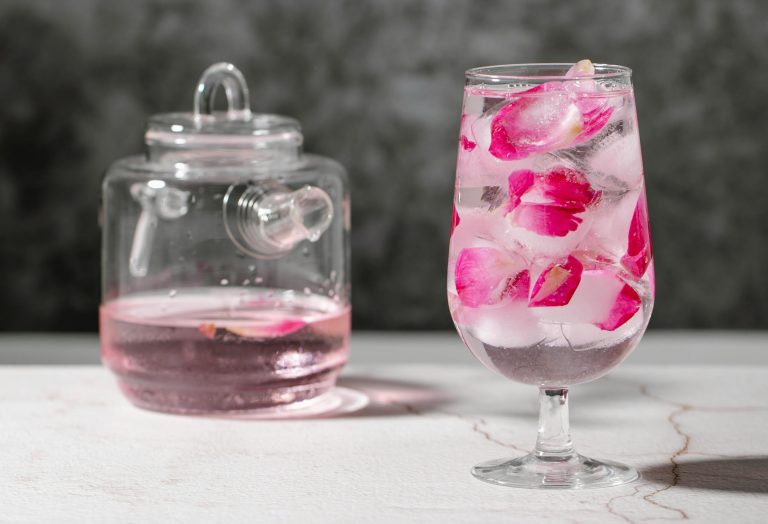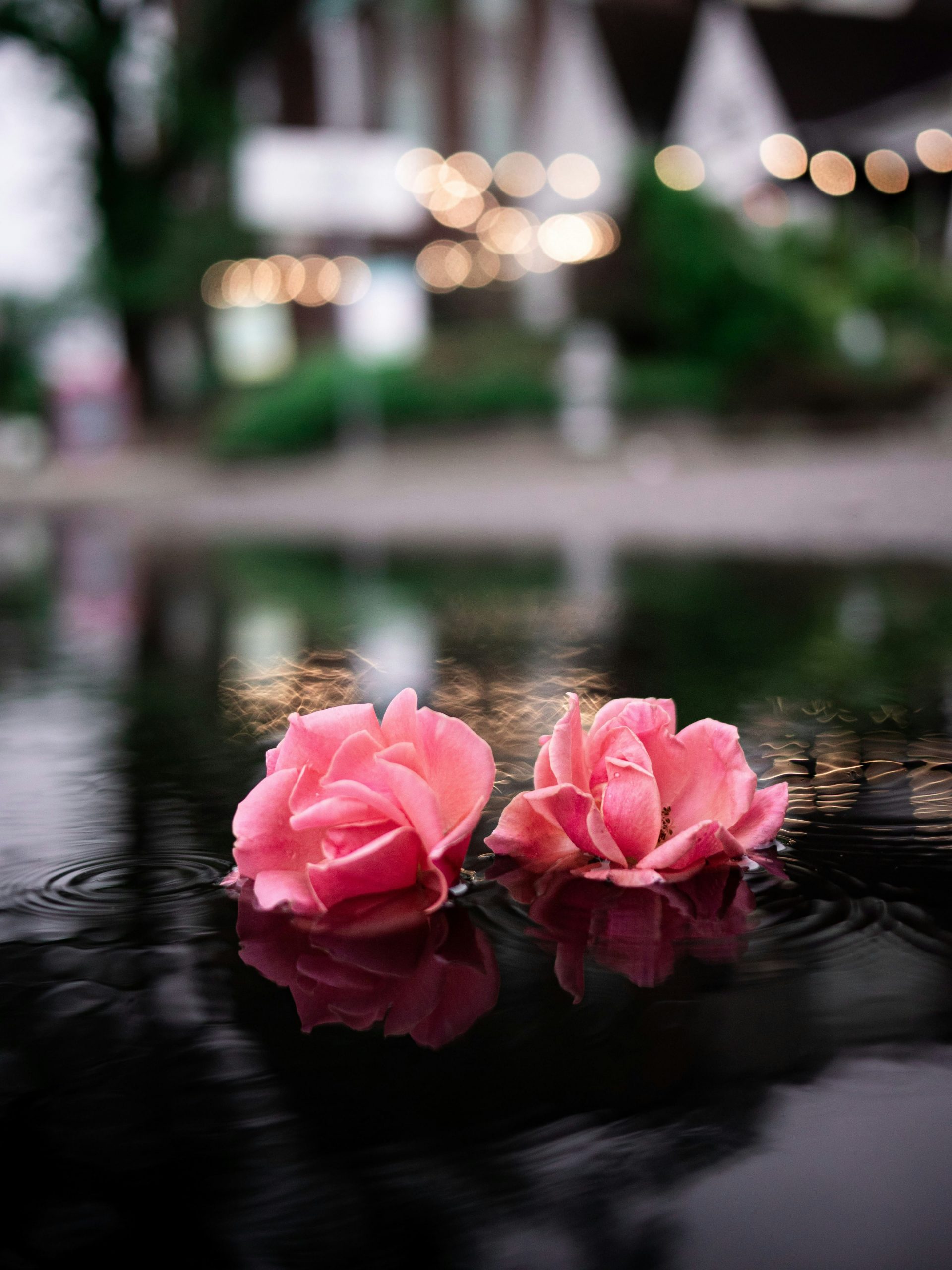Rose water has been around and used by our foremothers for centuries. It is particularly popular for skin and hair uses and has even been adopted and incorporated into beauty brands such as Nivea.
Rose water has even been introduced into drinks like gin, with rose tonic water being a huge hit.
For today, we’ll delve into the beauty benefits of rose water and how to make it yourself.
Ocular health
Rose water’s anti-septic capabilities make it a great addition to eye drops. A study by the National Library of Medicine has found that it could be particularly useful for conjunctivitis.
Anti-inflammatory
Rose water can be rather soothing on irritated skin, which makes it perfect for those who suffer from eczema, and rosacea. It is also anti-bacterial, which means it could help with acne, skin redness and puffiness.
Contains antioxidants
Rose water can help protect your cells from damage. It can also inhibit elastase and collagenase, both of which are harmful to the skin. Rose water also contains anti-ageing properties, which can help to reduce the appearance of wrinkles when it is applied topically.
How to make your own rose water from scratch:
– Gather your rose petals. Make sure that they are organic and have not been sprayed with pesticides. 2-3 fresh rose buds or ¼ cup of dried rose buds should suffice for one cup of rose water.
– Add the roses petals to a pot with distilled water. Make sure you add just enough water to cover the petals so that you don’t dilute the rose water too much.
– Let it simmer on medium heat for about 30-45 minutes. You will know it’s ready when the roses lose their colour.
– Let your rose water cool down and strain it into a spray bottle.
With this method, you can keep your rose water for up to a month if you store it in the fridge.
ALSO SEE: The health benefits of sea moss
Feature image: Pexels
Article originally written and published by


